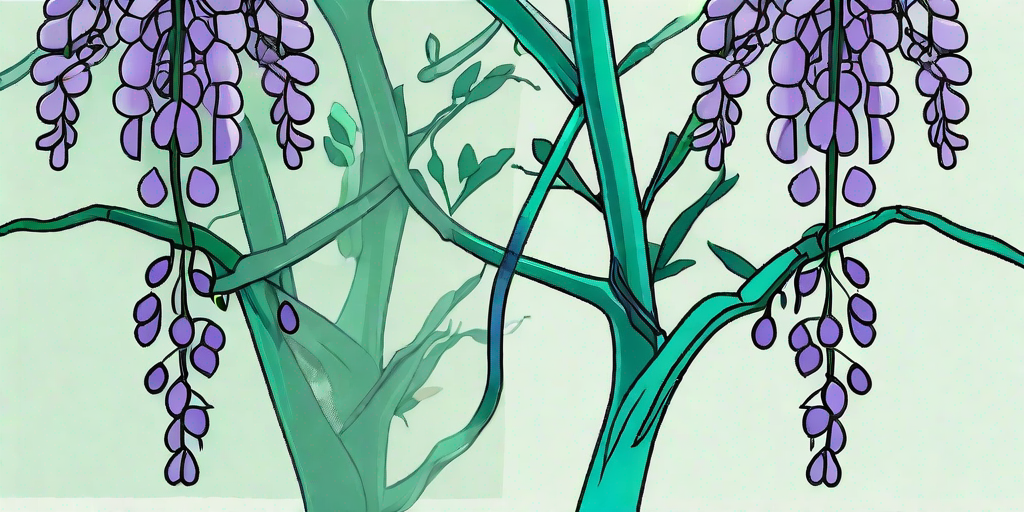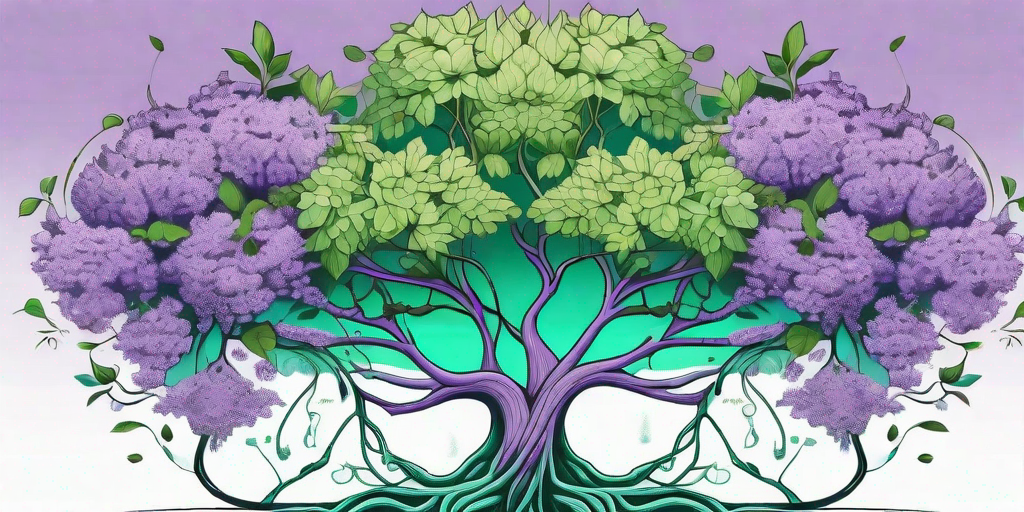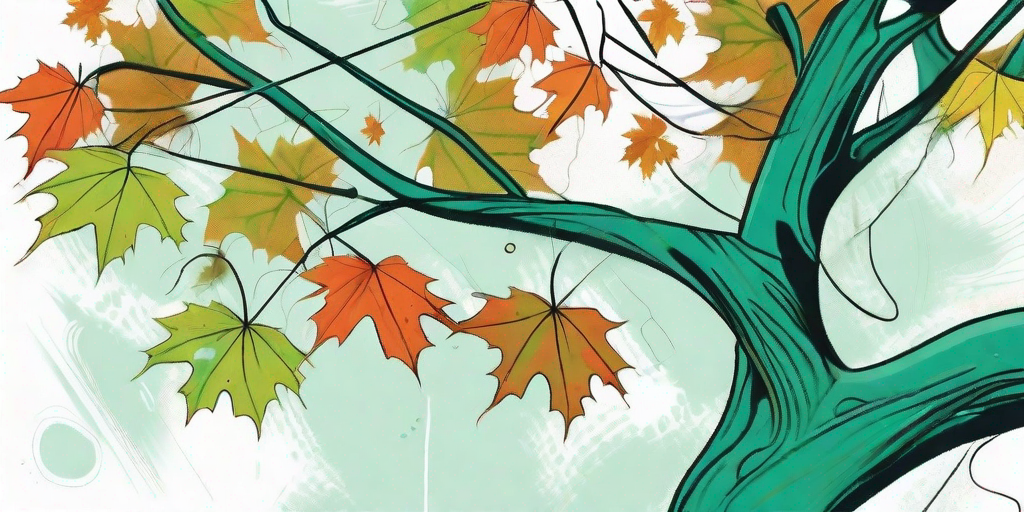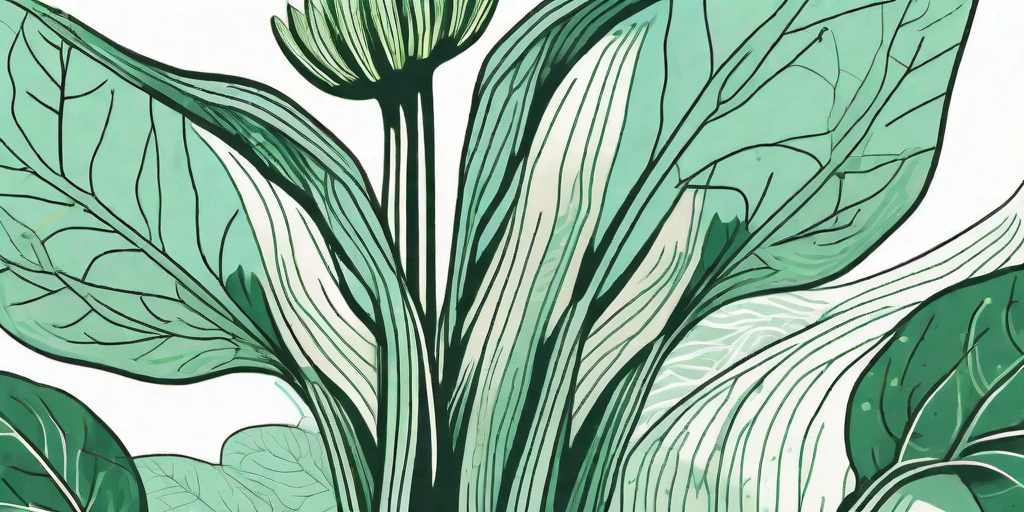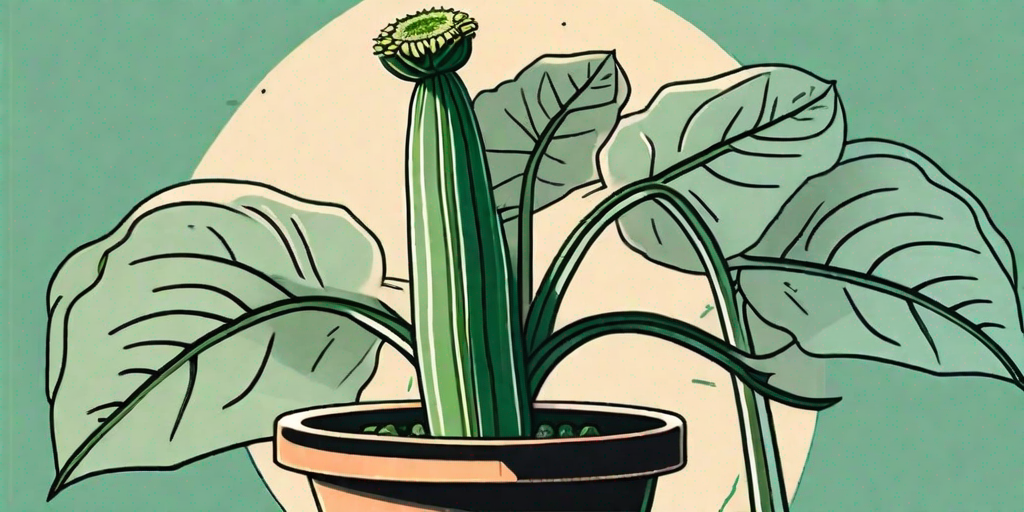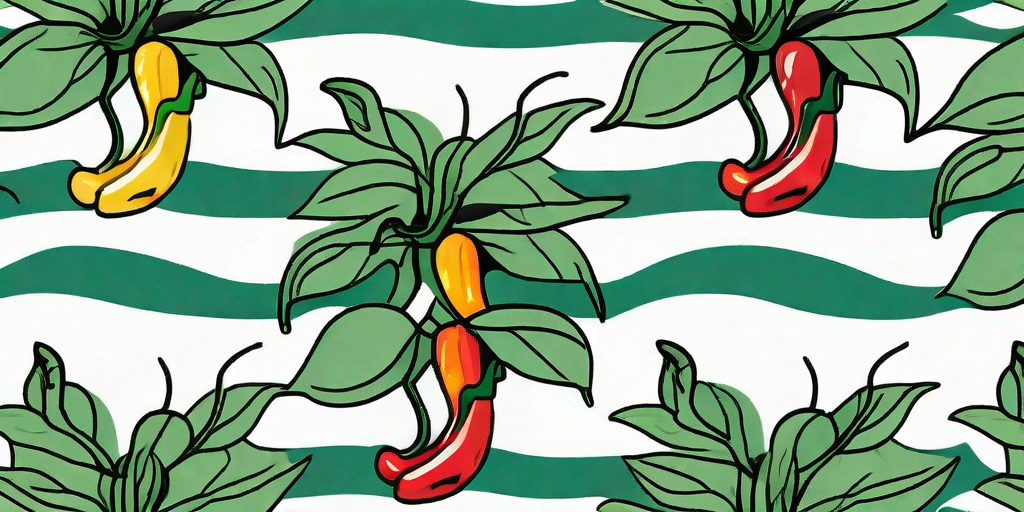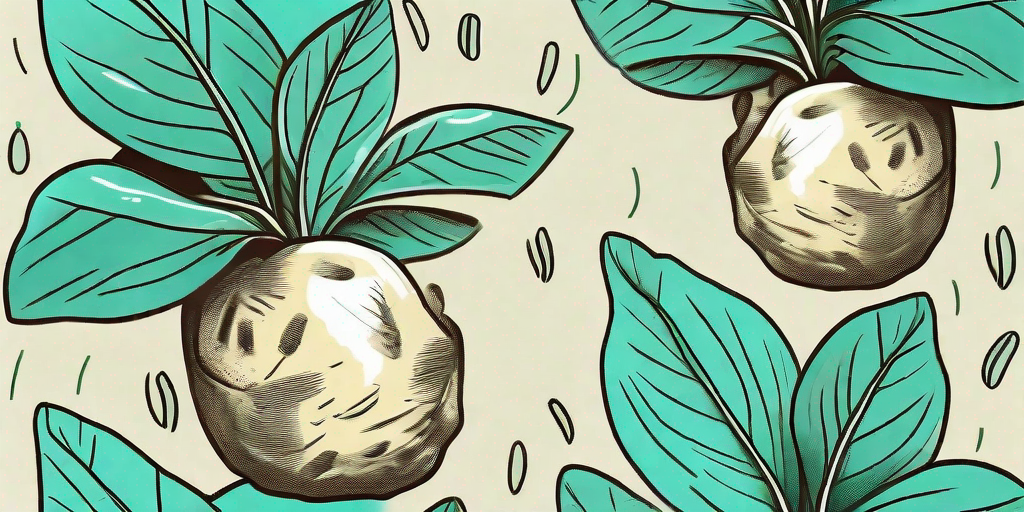
Welcome, dear reader, to the enchanting world of the Myrtle Tree. This humble plant, often overlooked in favor of its flashier botanical cousins, is a veritable treasure trove of benefits and uses. So, buckle up and prepare to be amazed as we embark on a magical journey of discovery!
The Myrtle Tree: A Brief Introduction
Before we dive into the myriad benefits and uses of the Myrtle Tree, let's take a moment to get to know it a little better. The Myrtle Tree, scientifically known as Myrtus Communis, is a perennial shrub native to the Mediterranean region. It's a hardy little fellow, able to thrive in a variety of climates and soil types. But don't let its unassuming appearance fool you - this plant is packed with potential!
Historically, the Myrtle Tree has been a symbol of love and immortality, often used in wedding ceremonies and funerary rites. But it's not just its symbolic significance that makes it special. The Myrtle Tree is also a powerhouse of medicinal and culinary uses, which we'll explore in detail in the following sections.
Health Benefits of the Myrtle Tree
Antioxidant Powerhouse
First on our list of health benefits is the Myrtle Tree's impressive antioxidant content. These little molecules are like the superheroes of your body, fighting off harmful free radicals and keeping your cells healthy. And the Myrtle Tree is chock full of them!
Regular consumption of Myrtle leaves, either in tea form or as a spice in cooking, can help boost your body's natural defenses and keep you feeling fit and healthy. Now that's what I call a super plant!
Respiratory Relief
Next up, we have the Myrtle Tree's remarkable respiratory benefits. The leaves of the Myrtle Tree have been used for centuries as a natural remedy for respiratory ailments, including coughs, colds, and bronchitis.
Simply brew up a pot of Myrtle leaf tea, breathe in the aromatic steam, and let the natural compounds work their magic. Before you know it, you'll be breathing easy and feeling great!
Culinary Uses of the Myrtle Tree
Spice Up Your Life
Moving on from health to the kitchen, the Myrtle Tree also has a variety of culinary uses. The leaves, in particular, are a popular spice in Mediterranean cuisine, adding a unique flavor to dishes.
Whether you're whipping up a batch of pasta, roasting a chicken, or baking a loaf of bread, a sprinkle of Myrtle leaves can take your culinary creations to the next level. Bon appétit!
Berry Delicious
But it's not just the leaves that are edible - the berries of the Myrtle Tree are also a tasty treat. These small, black fruits are sweet and aromatic, making them a perfect addition to desserts and jams.
So, the next time you're in the mood for a sweet treat, why not give Myrtle berries a try? Your taste buds will thank you!
FAQs
-
Is the Myrtle Tree easy to grow?
Yes, the Myrtle Tree is a hardy plant that can thrive in a variety of climates and soil types. It's a great choice for beginner gardeners!
-
Can I use Myrtle leaves in cooking?
Absolutely! Myrtle leaves are a popular spice in Mediterranean cuisine and can add a unique flavor to a variety of dishes.
-
Are Myrtle berries edible?
Yes, Myrtle berries are sweet and aromatic, making them a perfect addition to desserts and jams.
Conclusion
And there you have it, folks - the magical world of the Myrtle Tree in all its glory. From health benefits to culinary uses, this humble plant truly has it all. So, the next time you're in the garden or the kitchen, why not give the Myrtle Tree a try? You might just discover a new favorite!
Remember, the magic of the Myrtle Tree is there for the taking - all you have to do is reach out and grab it. Happy exploring!





